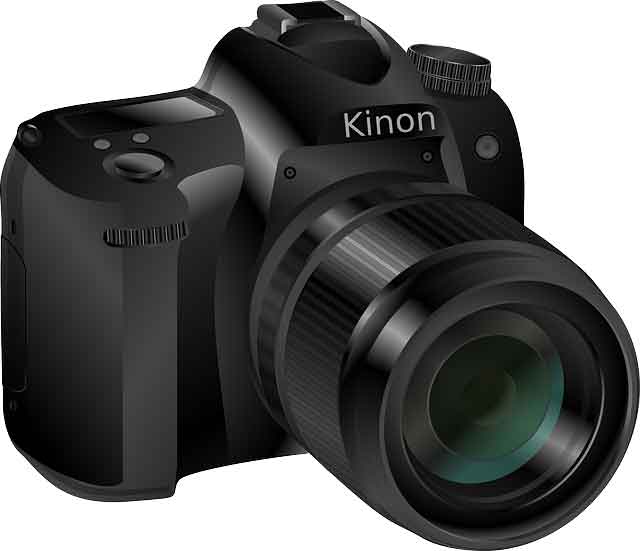|
10 minutes maximum! Can you do it in 5? |
HL only | ||||||||||||||||
1. A student attempts to sketch the intensity graph for an interference pattern produced when a laser is directed at a single slit. Which of these graphs best shows this intensity pattern?
|
|||||||||||||||||
2. The central maximum has an intensity of I0. The first maximum to the left in this pattern should have an intensity of approximately... |
|||||||||||||||||
3. The formula for single slit interference is θ = λ/b. λ is the wavelength of the wave directed at the single slit. What do θ and b represent?
|
|||||||||||||||||
4. Which of the two statements on the right are true for single slit interference?
|
I. Single slit interference only occurs with transverse waves II. Blue light produces a larger value of θ than red light | ||||||||||||||||
5. A single slit pattern is produced by a laser. The angle subtended by the central maximum is dependent on several factors. Which of the following changes will make the maximum wider?
| |||||||||||||||||
6. Green monochromatic light is directed at a single slit, a double slit and a diffraction grating. The patterns produced are shown here:
|
|||||||||||||||||
Which of the following correctly identifies the patterns X and Y?
|
|||||||||||||||||
7. Which of these two changes both decrease the separation of fringes for a single slit interference pattern?
| |||||||||||||||||
8. A camera lens is effectively a single slit, with light passing through it. If the lens is considered to be rectangle with a width of 5 cm, and the wavelength of light observed is 500 nm, what is the value of θ for the single slit pattern produced?
|
 | ||||||||||||||||
9. White light is directed at a narrow single slit. Which of these statements correctly describes the interference pattern seen?
| |||||||||||||||||
10. A single slit produces a diffraction pattern. The angle from the centre of the pattern to the first minimum point is X. The slit width is then doubled, and the frequency of light is halved. Which of these is the new angle from the centre of the pattern to the first minimum point?
| |||||||||||||||||